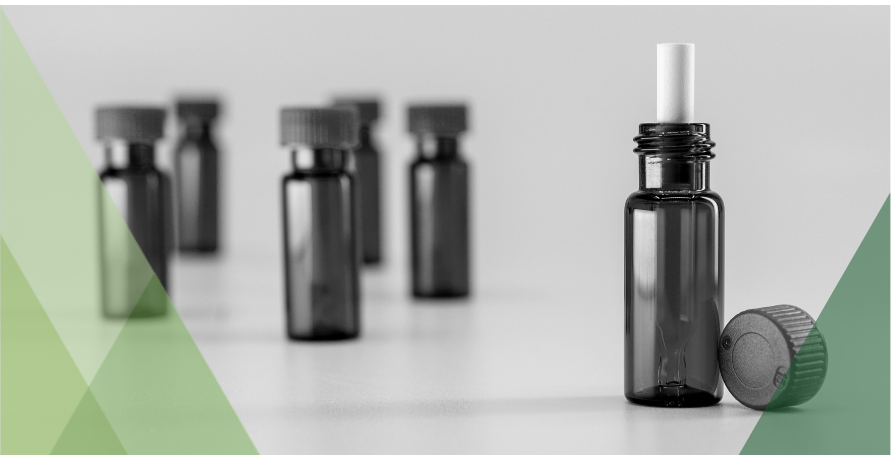
Compounded Hormone Pellets: Why Our Ingredients Are Different
Hormone pellets are a unique delivery form created to replicate how hormones are naturally released in the body as closely as possible. In a simple, quick office procedure, these rice-grain-sized pellets are inserted under a patient’s skin near the hip area via a trocar.
Delivering hormone replacement therapy in pellet form has multiple benefits:
- Closest to nature — Pellets mimic the body’s natural delivery system more closely than any other method.
- Consistency — Pellets supply a consistent level of hormones in the bloodstream.
- Convenience — Hormone pellets only need to be inserted 2-4 times per year, potentially replacing oral medications that are often dosed to take daily.
- Fewer side effects — Pellet therapy bypasses the liver, sending hormones directly into the bloodstream, and avoiding certain side effects more likely to occur with oral dosage forms.
Some patients report feeling significant symptom benefits in as little as four weeks, although maximum benefits may take up to six months. It’s important to note that pellet therapy is not new, but rather, physicians in the United States have been using it since the late 1930s.
Pure Pellets vs. Stearic Acid Pellets
It’s important to note that the ingredients in pellets make a difference in the overall experience for patients. At Belmar, we do not use stearic acid as a filler in our compounded pellets.
Stearic acid is an inactive, wax-like fatty acid that is not water-soluble. When used in pharmaceuticals as an emulsifying agent or binder, stearic acid can be very irritating, sometimes leading to an allergic reaction. Pellets internally bound with stearic acid can have an increased risk of extrusions, infections, and fibrosis.
Pure pellets, like the ones we compound at Belmar Pharmacy, are 100% hormones, with just trace amounts of stearic acid on the outside of the pellet. This trace amount acts only as a lubricant in production and is clinically negligible at less than 0.1%.
What About Cholesterol Pellets?
Cholesterol pellets were created from a demand by prescribers requesting pellets without stearic acid. Since cholesterol is a naturally occurring substance, the body tends to recognize it when it’s used as a binder in pellets. As a result, many providers advocate that cholesterol pellets can produce less side effects, such as inflammation, infections, fibrosis, and extrusions.
Belmar Pharmacy compounds pellets with <2% and <4% cholesterol options.
Pellets are designed to deliver personalized hormone medication at a slow, steady rate. According to Belmar Medical Director, Angela DeRosa, DO, MBA, CPE, many patients report 80-100% improvement in symptoms with pellet BHRT.
Pellet Ingredients Matter
When it comes to bioidentical hormone replacement therapy (BHRT), pellets are often the preferred option for many women and men. However, the quality of the pellet is extremely important, and not all pellets are created equally.
Belmar sterile compounds hormone pellet implants with estradiol; testosterone; testosterone with cholesterol; progesterone; and anastrozole. We use specialized techniques to ensure our pellets meet or exceed industry standards. Every batch is tested for potency and endotoxins. As a 503B outsourcing facility, we do not require patient-specific prescriptions and can ship pellets in bulk to physicians’ offices
How to Get Started
If you’re a clinician interested in prescribing compounded medications for your patients, visit our How to Write a Compounded Prescription page to see how easy it is to submit a prescription. Additionally, visit our Medication Solutions page to learn more about available compounded medications from Belmar Pharmacy. Or, fill out the form below to get in touch with us.

